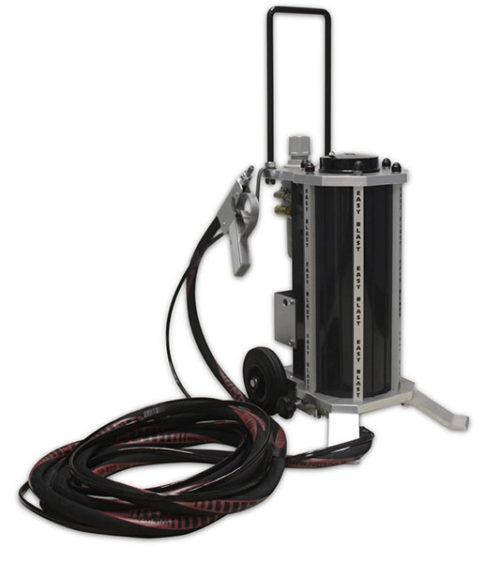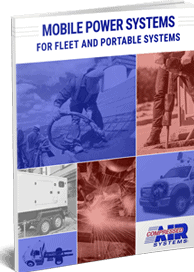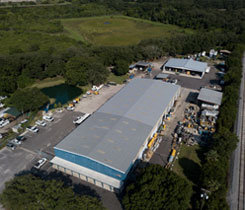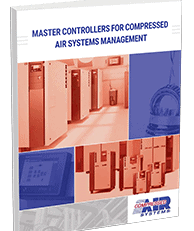The Pros & Cons of Buying a Used Air Compressor
Comments Off on The Pros & Cons of Buying a Used Air CompressorAir compressors are vital equipment for many industries and, when purchased new, can be very costly. Purchasing a used air compressor can offer a lot of benefits. However, there are a number of factors to consider to ensure you end up with a high-quality machine. Perhaps the most important aspect of purchasing a used air compressor is finding a supplier with stringent quality assurance processes.
For example, the used vendor should detail their testing procedures and should offer a purchase guarantee. Ideally, the used air compressor supplier has extensive experience in pneumatics and service components in-house. If you’re deciding whether a used air compressor is right for you, we’ve compiled a list of pros and cons, which we expand on in our eBook, “A Buyer’s Guide for Used Air Compressors.”
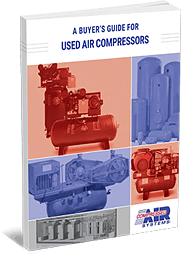
Pros
Depending on your situation and requirements, there are a number of significant benefits to choosing a used air compressor, including:
- Cost-effectiveness: Used air compressors can save you a lot of money compared to purchasing a new machine. Even the best equipment can malfunction or break, and the cost of a new unit might not always be within the budget. Used air compressors from a reputable dealer can provide you with years of reliable service at significant cost savings.
- Lack of initial depreciation: Any new machinery immediately depreciates in value after it’s purchased. Used air compressors have already depreciated in value, so you can enjoy the benefits of a lower-cost machine without dealing with this initial investment depreciation.
- Pre-purchase knowledge of wear: Reputable sellers are familiar with the machine’s past usage and can provide you with records of it. You will be able to see how the machine was used in the past, how it was maintained, and the wear level of its integral parts before purchasing.
- Excellent temporary business solution: Due to the high durability of air compressors in general and the significant cost savings of used models, they make highly effective quick fixes for challenging situations. If you require air compressors for your business, purchasing used allows you to quickly access an affordable solution while you consider when and which type of new model to purchase in thefuture.
Cons
There are some drawbacks to purchasing used air compressors that should be considered as well. For example, there can be a limited selection of used models available and it can be challenging to source the specific type you need. Some other drawbacks include:
- Limited warranty options: While it is sometimes possible to find used equipment with an available or extended warranty, that is not always the case. There are fewer options available to protect you from the repair or replacement costs with used machines. However, reputable sellers will offer a money-back guarantee period for used air compressors.
- Increased maintenance requirements: Performing regular maintenance on used air compressors is crucial for extending their lifespan and guaranteeing reliable service. Compared to a new unit, you might have to replace parts more frequently or factor in more maintenance downtime.
- Decreased longevity: While most air compressors are built to last 10 to 15 years or more, purchasing used means that it’s difficult to determine how long your equipment will last. Obtaining a detailed service record is crucial for understanding how long your machine was used and how well it was maintained. After you purchase, performing regular audits and machine upkeep will sustain its lifespan.
Purchase With Confidence From Compressed Air Systems
Compressed Air Systems has over 55 years of experience servicing and selling pneumatic tools. We understand the challenges of deciding between new and used compressors and help our customers make the best choice for their business. Our extensive quality assurance protocols for all used equipment include several hours of test-running to ensure they maintain pressure and a thorough evaluation of all air compressor components.
Additionally, all of our used air compressors are backed by a 30-day money-back guarantee. To learn about more vital factors to consider when purchasing a used air compressor, download our free eBook, “A Buyer’s Guide for Used Air Compressors.” To talk to our experts about your compressed air system needs, contact us today.






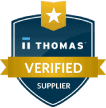

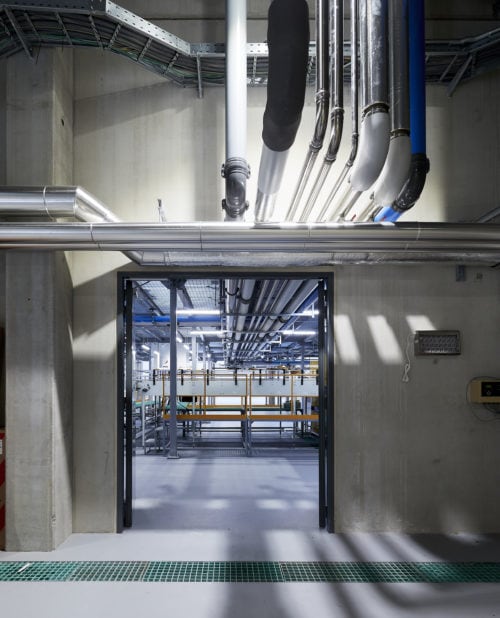
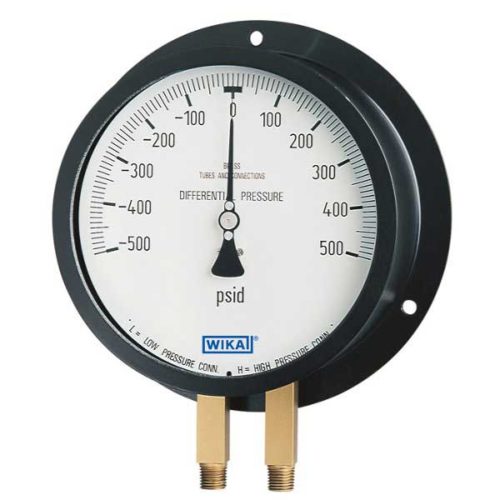 Differential pressure—also referred to as DP or ∆p—describes the difference in pressure between two specified points. In process systems, unexpected fluctuations in this value can mean a component needs maintenance, repair, or replacement. For this reason, knowing and understanding current DP levels is essential to ensuring equipment remains in proper working order and operations proceed smoothly.
Differential pressure—also referred to as DP or ∆p—describes the difference in pressure between two specified points. In process systems, unexpected fluctuations in this value can mean a component needs maintenance, repair, or replacement. For this reason, knowing and understanding current DP levels is essential to ensuring equipment remains in proper working order and operations proceed smoothly.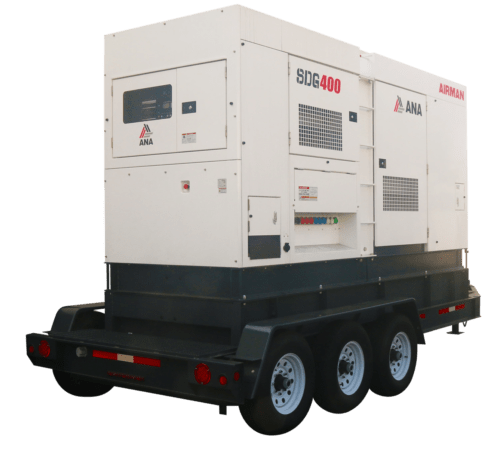 Portable generators are essential for situations where there is no reliable permanent power source available, such as remote job sites or disaster-stricken areas. While they are regularly used for normal operations in the former situation (e.g., agricultural or construction sites), they are generally only used for emergencies in the latter situation (e.g., extreme weather or other catastrophic event response).
Portable generators are essential for situations where there is no reliable permanent power source available, such as remote job sites or disaster-stricken areas. While they are regularly used for normal operations in the former situation (e.g., agricultural or construction sites), they are generally only used for emergencies in the latter situation (e.g., extreme weather or other catastrophic event response).
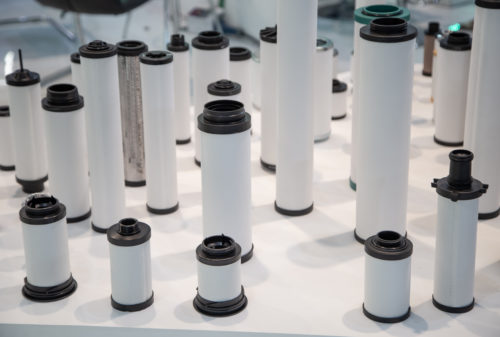
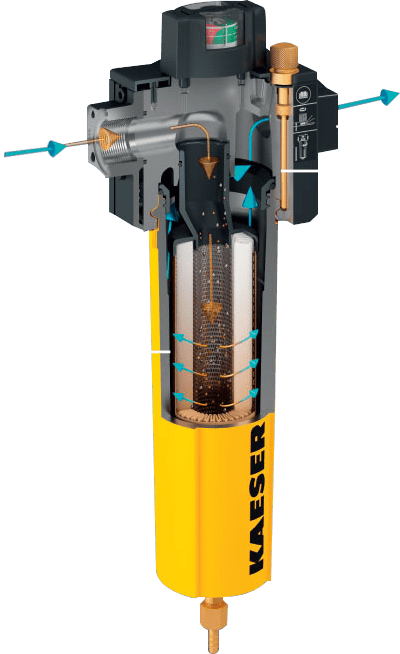
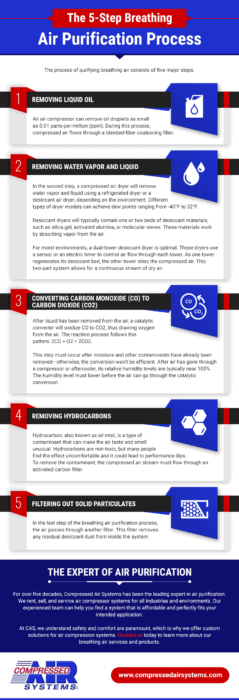
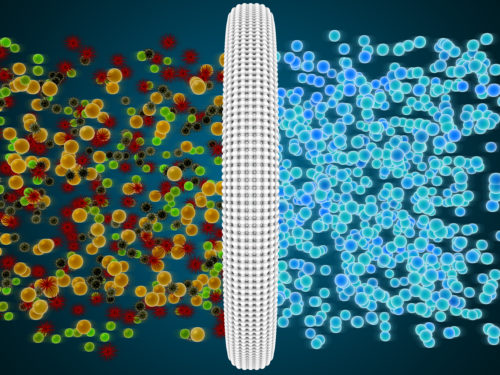 The air has to pass through panel filters and intake filters when it enters the air compressor. In almost any environment, certainly hospitals included, there are a variety of microorganisms in the air, which is why this inline coalescing filtration is in place. It removes a huge number of contaminants.
The air has to pass through panel filters and intake filters when it enters the air compressor. In almost any environment, certainly hospitals included, there are a variety of microorganisms in the air, which is why this inline coalescing filtration is in place. It removes a huge number of contaminants.

